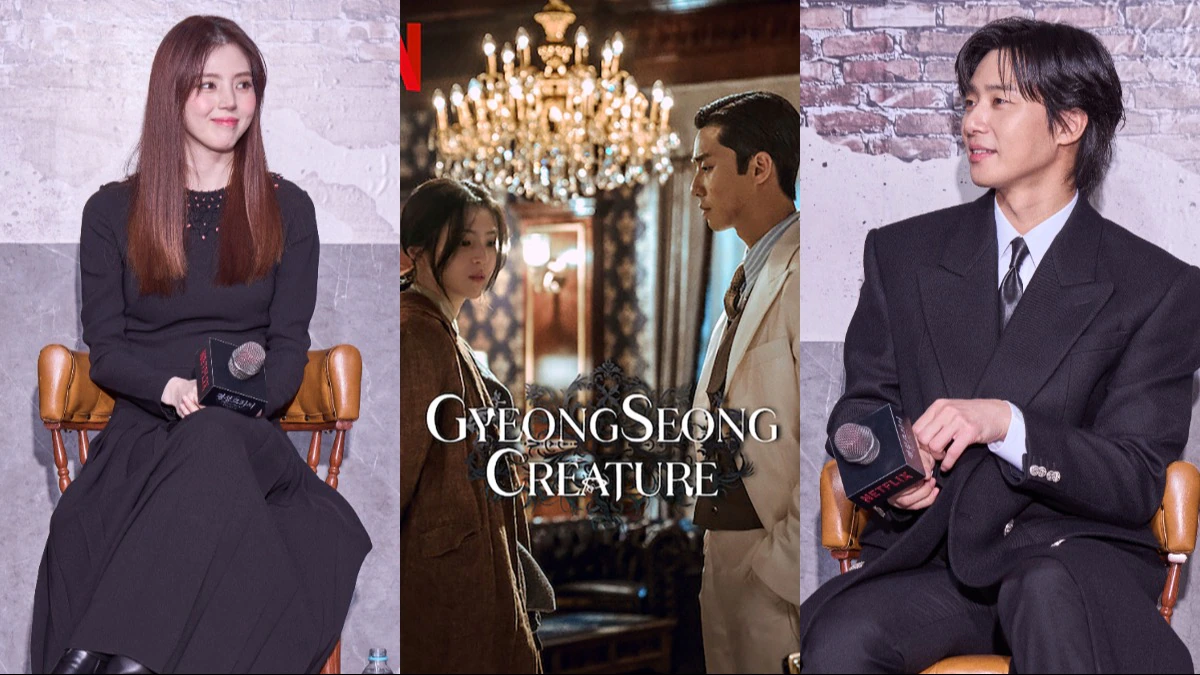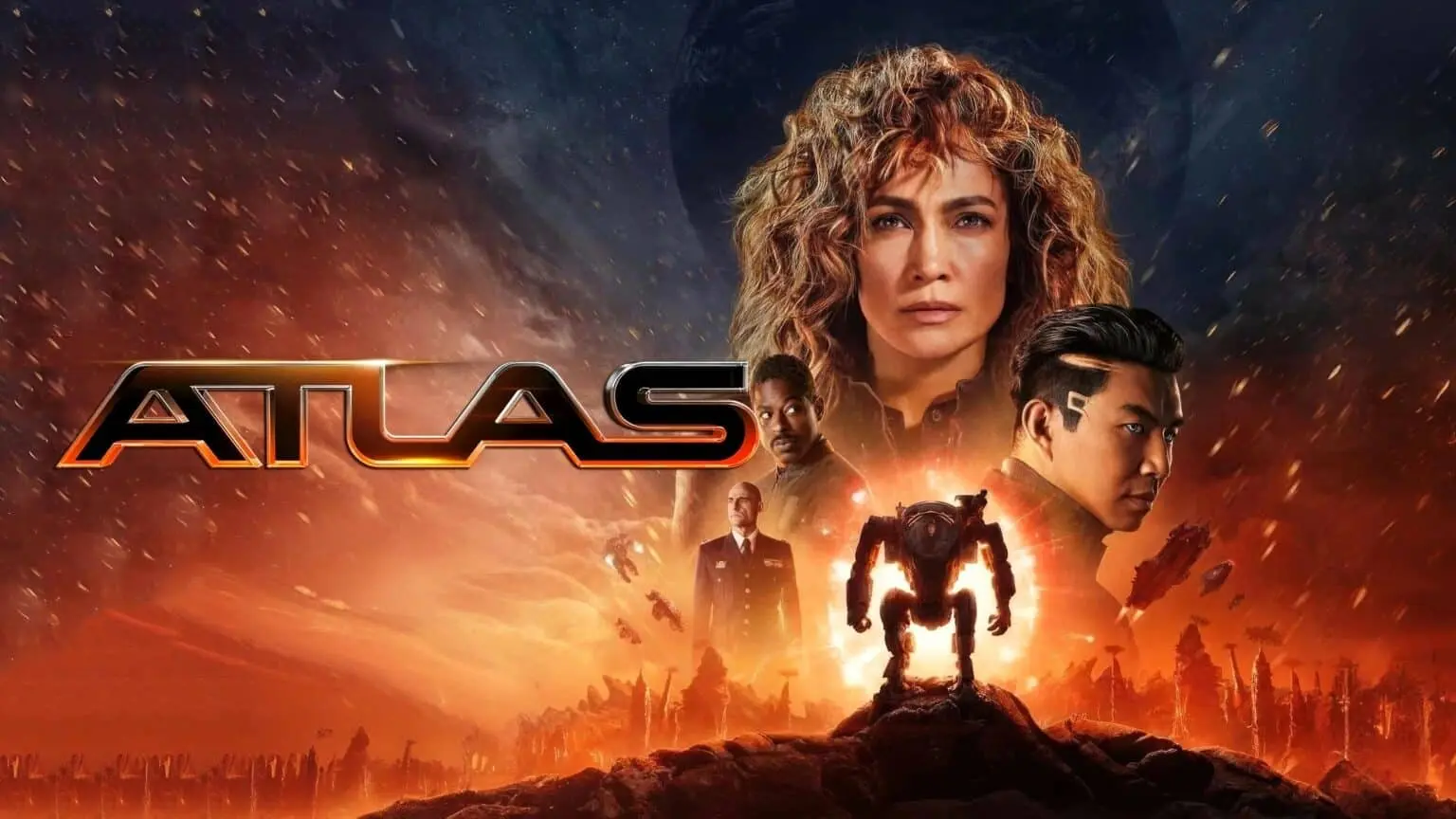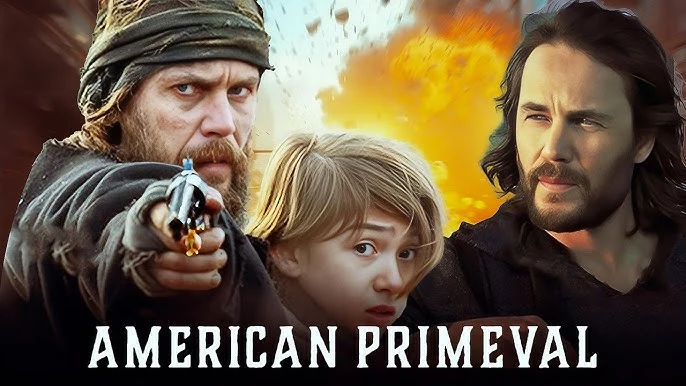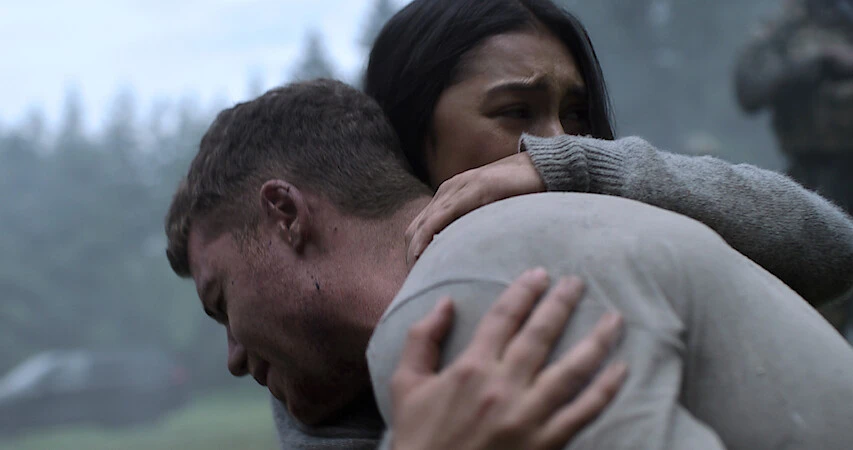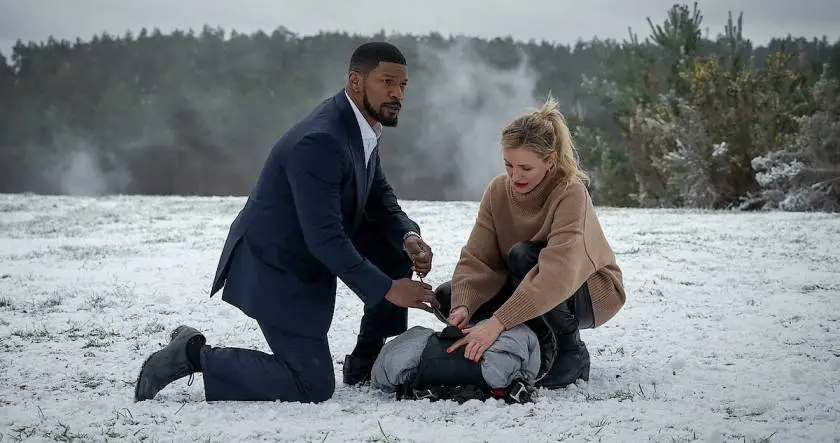Netflix's K-drama "Gyeongseong Creature," which debuts on the streamer Dec. 22 with its first seven episodes, begins in 1945 as the Imperial Japanese Army fights to destroy evidence of deadly human experiments in the Northeast . from China. . As snow falls in this isolated landscape that the Japanese occupying forces call Manchuria, bodies are piled up and burned. Prisoners are killed as uniformed men prepare to burn the entire compound.
In this horrific plot, inspired by the real war crimes of Unit 731 of the Chemical Warfare Division, the fictional General Kato (Choi Young-joon) takes care of ). .. his pet project: monsters created by human experiments and intended to serve as weapons in the ongoing world war. He takes what he needs to continue his "work" and travels to another corner of the Japanese empire: Gyeongseong, the city we now know as Seoul.
Netflix is betting on historical romantic drama
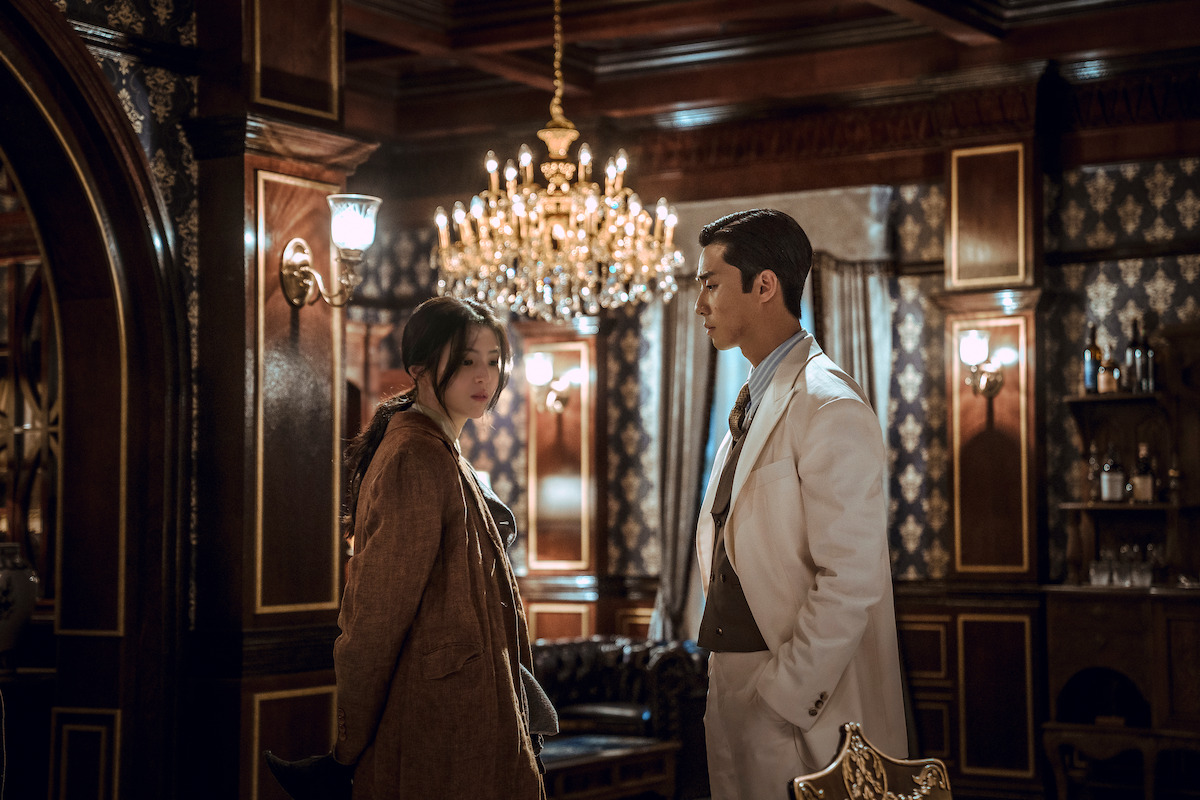
It's no secret that Netflix is betting big on Korea. This year, the streamer announced an additional $2.5 billion investment in the East Asian country over the next four years, and recently released engagement metrics show that several Korean productions have become Netflix's most-watched series during first half of the year. However, in the list of K-dramas of 2023, “Gyeongseong Creature” stands out for several reasons.
First of all, it stars some of Hallyu's most famous stars: Park Seo-joon (Itaewon Class, The Marvels, Concrete Utopia) and Han So- hee ( However, My Name, Jung Kook's "Seven" music video). Secondly, and perhaps more importantly, Gyeongseong Creature received an initial two-season order, a rarity in Korean television production. Finally, Netflix will release "Gyeongseong Creature" in December, which will see strong streaming activity from people returning from school, work or other regular commitments.
The Supernatural horror follows that of Park Jang Tae-sang, a man who rose from poverty to become a successful pawnbroker. Tae-sang's relatively luxurious life is threatened when a Japanese general's Korean courtesan disappears. The General demands that our protagonist, known in the city as "Mr. Omniscient" because he knows everything that is happening: find her, take his house, his business and his belongings and send him to fight in the Army Imperial. . When Yoon Chae-ok (Han), a woman specializing in finding missing persons, arrives in Gyeongseong from Manchuria and uses her special skills to search for her missing mother, the two characters' paths intertwine and lead them to a military hospital . where General Kato continues his sadistic experiments on the Korean people.
A historical context for the Gyeongseong creature scenario
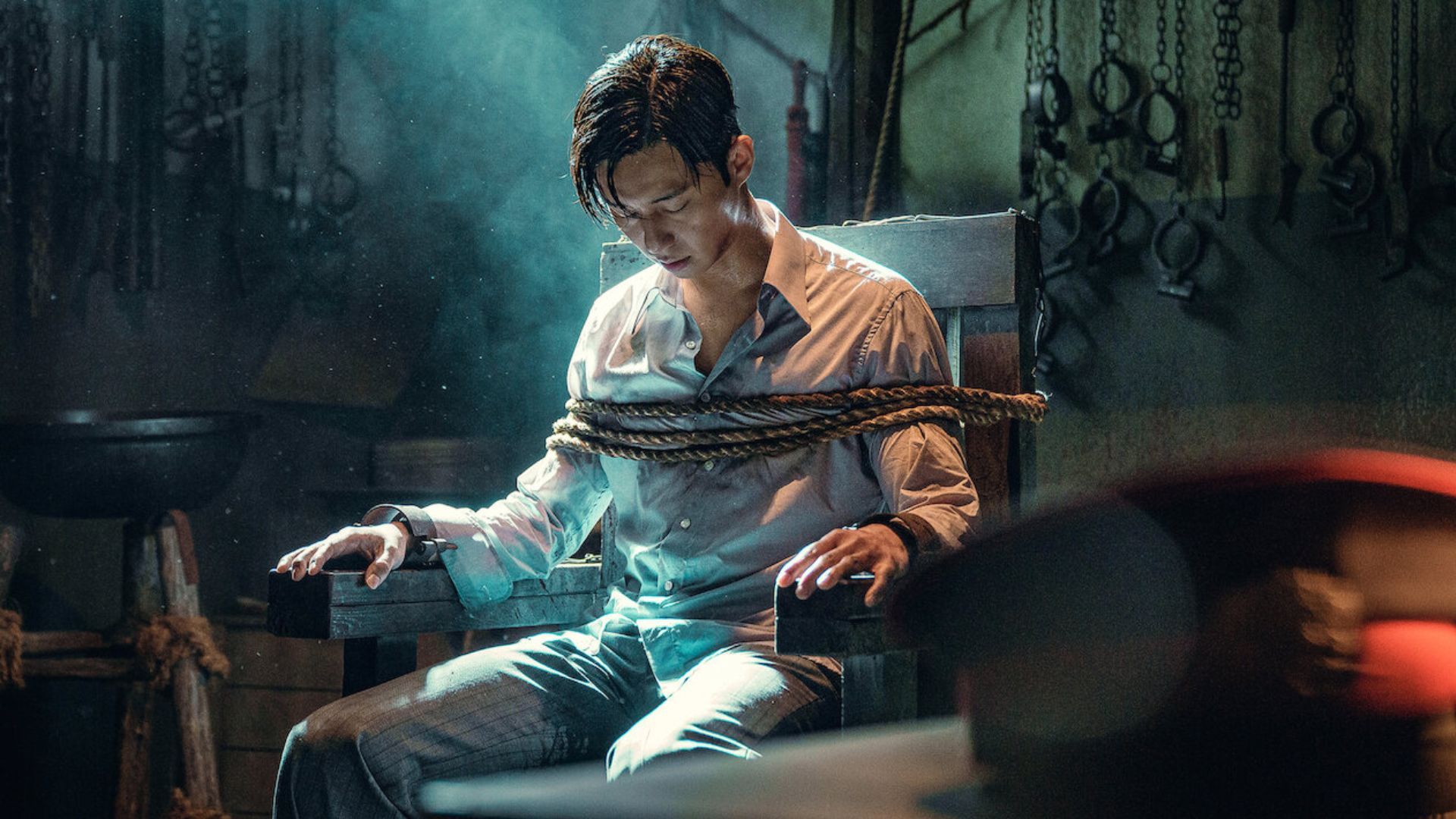
Although Gyeongseong Creature is a fictional story, it takes its historical setting seriously. “We paid attention to many things when we tried to recreate the old Seoul of 1945,” director Chung Dong-yoon told TIME through a translator in a conversation with reporters. “However, we didn't have much data to trust. And because I hadn't lived through that time, a lot of concerns arose when I started working on it. I thought it would be almost impossible to recreate that era perfectly, so I tried to focus on the general atmosphere of the era: the general look that the era must have had at that time."
Japan annexed Korea in 1910 and occupied the peninsula until 1945, when the Axis powers lost World War II. The Creature from Gyeongseong is set approximately six months before Japan's surrender. “Before Japan's defeat, most Koreans led miserable lives,” Su-kyoung Hwang, a professor of Korean studies at the University of Sydney, tells TIME. “Common Koreans were subjected to an aggressive assimilation project under Naisen Ittai. They were forced to pray at Japanese Shinto shrines, swear allegiance to the Japanese emperor, and change their names to Japanese. [They] were subjected to extraordinary censorship and loss of freedom.
Read Also: Natalie Portman’s New Netflix Drama Features Her Darkest Movie
When Japan entered World War II in September 1940, the Koreans were also "thrown into chaos." “War” and cultural politics,” says Hwang. Young Koreans were forced to join the Japanese army, and tens of thousands of Korean girls and women were forced to become sex slaves and become “comfort women” for the army Japanese labor sent to Japanese factories and mines, Hwang says, or starved due to Japanese rice exploitation during the war. Those who dissented and fought for Korean independence risked prison, torture, or death if captured .
"Historical content, particularly that relating to the Japanese colonial era." “It has always been a popular topic among Korean audiences,” says Lee Jeeheng, a film professor at Chung Ang University in Seoul. Bridal Mask, a historical drama set during the Japanese colonial period in the 1930s, has captured the Korean cultural conversation when it aired in 2012, with over 27% of Korean viewers tuning in for the finale.Other recent and popular examples of media sets during this period include Park Chan-wook's 2016 romantic thriller "The Handmaiden" and Netflix, "Mr. Sunshine", 2018.
"Forcibly brought into modernity, the colonial city of Gyeongseong was a hybrid space where traditional Korean (or 갓) and Western hats were worn. This means that the pre-modern world and the modern worlds coexisted," Lee explains. "Gyeongseong during the colonial period is a time and space where the patriot and the collaborator [a citizen of an occupied country who collaborates with the occupying power] , tradition and modernity, romance and oppression are all in the same place, which is quite appropriate in the context of popular cultural content."
Of course, when it comes to portraying a complex story drawn from real life. There is always a danger in the media that entertainment value takes precedence over faithfulness to real-life experience. “There are also reasons to criticize the attitude of excessive spectacle in the presentation of history,” says Lee: “Although they help strengthen the identity of a nation-state, visual media such as dramas and films are fundamentally a medium that does not allow one to maintain a objective distance. This is why some critics must be careful not to distort history by placing too much emphasis on spectacle rather than historical content."
Life and dissidents under Japanese occupation
In the first episode of Gyeongseong Creature, a group of Korean dissidents are arrested for writing and distributing an underground newspaper containing an article on 'America. Bombing of Tokyo. The Korean flag, called Taegeuki, hangs on the walls of the newspaper's headquarters. The prisoners are given the "choice" to join the imperial army or go to the "torture chamber", presumably in Seodaemun Prison, an actual historical site where the Korean liberation activists mentioned later in the episode were sent . “The 1930s and 1940s were the worst time for Korean dissident intellectuals,” says Hwang. “They faced rigorous censorship and surveillance. If they did not cooperate with the Japanese colonial regime, they would have no choice but to remain silent or be tortured and killed for resisting and expressing their opinions."
Gyeongseong Creatures takes viewers into fictionalized versions of some of the darkest corners of the city under Japanese colonial rule. It shows the life that Tae-sang has built because he himself is bright and brilliant. As the owner of the Golden Treasure House, he amassed wealth and protected a small group of officials from the worst aspects of colonial life. “1945 was a time in Korea where sadness and happiness coexisted,” explains director Chung. “And that's why I wanted to express that and portray that stark contrast through spaces of Ongseong Hospital and Golden Treasure House. So when you look at the Golden Treasure House, it offers a very happy and bright atmosphere, while in Ongseong Hospital it conveys a lot of darkness and sadness."
Tae-sang lives in Bukchon, a predominantly Korean neighborhood during colonial rule, but runs his own pawn shop on Bonjeong Street in Namchon, where Seoul's Myeong.dong shopping and tourism district is now located.For Gyeongseong star Park Seo-joon Creatures, learning about the city's division during the colonial era was "quite interesting." "Currently, we divide Seoul into North River and South River based on the Han River, which flows through Seoul," Park said through a translator." But I knew at the time that we called them Bukchon and Namchon, which means "northern village" and "southern village", separated by the Cheonggyecheon River."
In 1945, approximately 800,000 Japanese lived in Korea, and Namchon was the center of colonial life for Japanese settlers in Gyeongseong. According to a retrospective article published in the Korea Times, due to the large Japanese population, more resources were devoted to modernizing Namchon, and many homes in the neighborhood had running water and electricity. The area became a "major center of cultural and commercial activity" and was home to four of the city's five largest department stores. “Colonialism is a complex experience,” says Hwang. “The Korean upper class, which obeyed the Japanese, could own large businesses and factories; some worked for the Japanese or went to Manchuria to expand their businesses. Some upper-class Koreans led a double life: they supported or financed the Korean resistance and, at the same time, collaborated with the Japanese."
The supernatural horror as a veiled metaphor for the phenomenon
Although we get hints of the cruel reality of colonial rule in the setting of Gyeongseong Creature, the series reserves its most extreme, if fictional, examples for one specific location: the hospital by Ongseong Like the American anthology The Terror, which used the horror of monsters to imagine a fictional account of Captain John Franklin's failed expedition to the Arctic in the 19th century, Gyeongseong Creature uses supernatural elements to convey the horror of colonization. There are real monsters in Ongseong Hospital, but they are far less scary than the Japanese general who conducts a system of medical experiments on men, women and children. They are far less scary than colonization or world war.
Based on Bong Joon-ho's 2006 monster film The Host, inspired by an incident in which American military officers ordered an undertaker to put formaldehyde on his hands. Seoul, 2022. Zombie drama "We're All Dead," which uses an undead epidemic to explore a culture's fears of failing to protect its youth, has found widespread success in Korean media by blending horror supernatural and socioeconomic reality. political problems. “It's not that Korea is particularly good at mixing horror with social and political aspects, but in general Korean content is inherently sociopolitical,” Lee says. "This is due to the country's unique history, during which it was forced to face modernization at the beginning of the 20th century and to experience compact socio-political upheavals such as colonization, war, dictatorship and democratization in the next 100 years."
Gyeongseong Creature is the story of a rapidly changing world. Swords stand side by side with rifles, chariots stand side by side with litters. Those of us watching at home know that, although Korean liberation is imminent, Korea will soon be plunged into another occupation and war. In this vortex we are dealing with a tale of monsters and human evil, but it's the feeling of the ground beneath the feet of a changing society that is more relevant and ultimately liberating for the modern viewer. We live in uncertain times. Although the story of the creature Gyeongseong is set more than 75 years ago, it is also about the world in which we live today.

